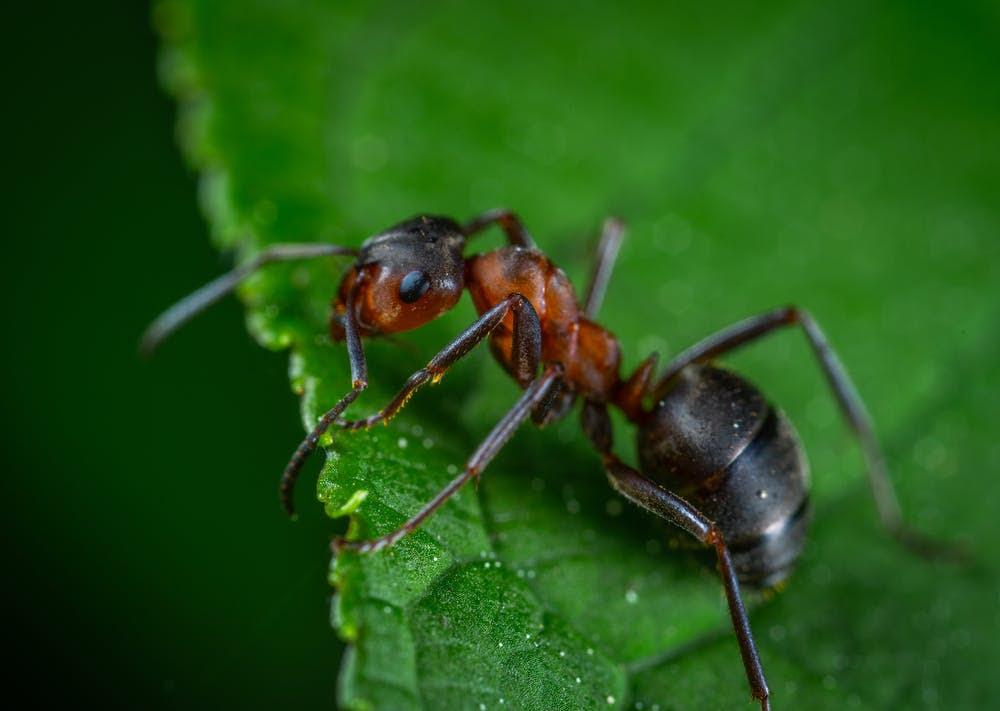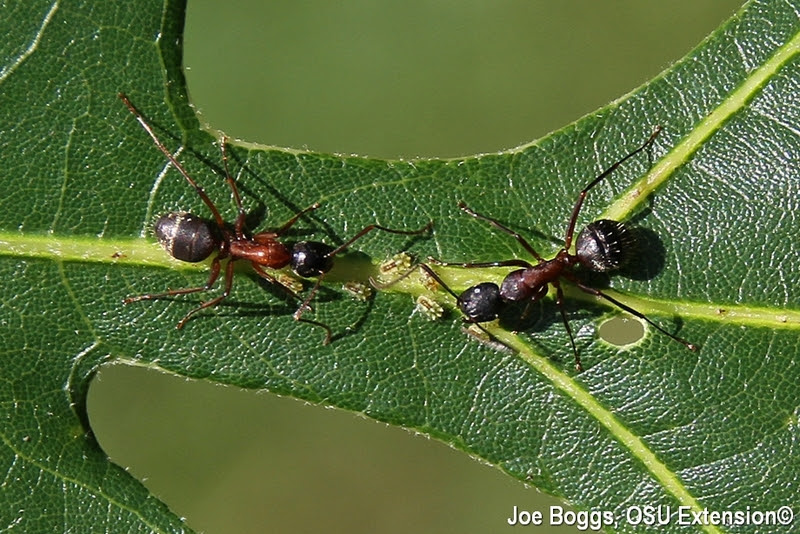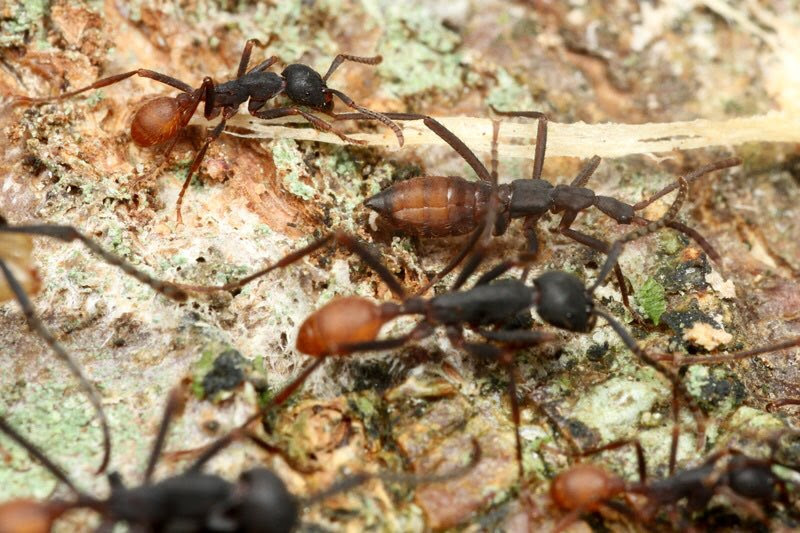Welcome Back to the Lab!
Last week we covered several unique mimicry and camouflage strategies arthropods use to avoid being lunch. However there was a specific strategy I left out; not because it’s not a worthy strategy but because I felt it deserved an entire issue all its own. The strategy goes above and beyond mimicry alone; I’m talking about myrmecophily.

“Myrmecophile” refers to organisms that live in close association with ants; why ants specifically? Their nests are prime real estate for other organisms searching for a climate-controlled environment, rich in their preferred food and staffed by the best security team around. I say “organism” because myrmecophily is not specific to one family of insect; it’s not even specific to arthropods. In 2002, the first myrmecophile mollusk was described living within the bivouacs of ant colonies.

Myrmecophiles come in several shapes, sizes and species, and they don’t necessarily always try to blend in with their ant associates; many insect species are “tended” by ants, like shepherds tend their flocks. Many hemipterans (true bugs) that feed on plant nectars secrete a sweet, sugary substance known as “honeydew”, which ants will feed on. In return for this sugary treat, the ant shepherds provide protection for the otherwise defenseless hemipterans. Several species of lycaenid butterflies have developed a similar relationship with ants, although they have evolved to produce a different, albeit equally sugar-packed substance in exchange for ant security.

Those that do try to blend in with the ant colonies are faced with the challenge of subtly convincing their nestmates that they’re just one of them, going about their ant-ly duties, no harm no foul. No insect is better at this than Staphylinid beetles. Commonly known as rove beetles, many species in this family have evolved physical and chemical attributes in order to go unnoticed within the colony. Many species of Staphylinid have fully integrated themselves into ant colonies, taking on brood-rearing and food-gathering duties. So what do they get in exchange for all this work? Many of them receive food from other workers; or they’ll just steal it, in the form of ant larvae.
Until next time, thanks for visiting the lab!
Bug Wrangler Brenna
brenna@missoulabutterflyhouse.org